Underwater 'zombie grass' signals trouble for Florida fishermen
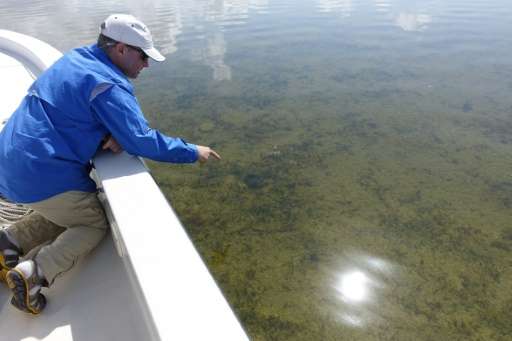
Decades ago, the sight of seagrass swaying beneath the waters off south Florida conjured romance for those who dangled their fishing lines in hopes of catching redfish, snook or mangrove snapper.
But now, seagrass is dying at a rate unseen since the late 1980s in the Florida Bay, off the southern tip of Florida between the Atlantic Ocean and the Gulf of Mexico.
"It is like a desert," said fishing guide Xavier Figueredo, peering into the water, where only an occasional needle fish or ray could be seen scooting along a bottom clustered with matted, dead underwater grasses.
Seagrass provides shelter for small fish, which are eaten by bigger fish, and serves as the foundation for the marine food chain.
In Florida, where recreational saltwater fishing is a $7.6 billion industry, experts consider seagrass a key indicator of the ecosystem's health.
"This has historically been a wonderful spotted seatrout fishery. This year it was non-existent, literally," said Figueredo, one of a group of fishing guides who cater to tourists visiting the string of islands known as the Florida Keys.
A man-made problem
Ecologists say the problem is mainly due to the way humans have for decades diverted the natural flow of fresh water from central Florida southward to the Everglades wetlands, protecting sugar cane farms and other property.
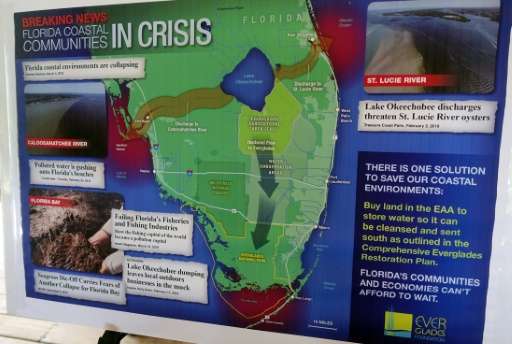
A massive die-off that began in 1987 and lasted for years helped spark ambitious plans to protect the area, but fishermen say progress has been too slow.
Now, they see the death cycle happening again, as increasingly warm and salty water smothers the underwater grass.
First the grass detaches from the bottom. It floats to the surface during the day and sinks again at night, earning it the nickname "zombie grass," said Steve Davis, a wetland ecologist with the Everglades Foundation, as he inspected a once-popular fishing area called Whipray Basin.
"It's dead, it just doesn't know it yet," he explained.
Eventually, the grass bleaches, and the blades amass into smelly islands.
The die-off makes an algae bloom quite likely, sucking oxygen out of the water and making it a hostile environment for marine life.
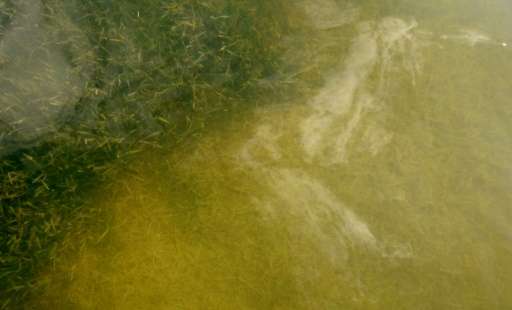
"It is dramatic. It looks like a disaster area," said Davis.
Heavy rain led to record freshwater inflows coming into the bay in January and February, Davis said, but it is not enough. The die-off is gathering steam.
"We just have to now ride it out, and we know it is going to take years to recover," he said.
State wildlife officials say the affected area covers about 25,000 acres (110,000 hectares) of dead sea grass—about the size of Paris.
But Davis said fishermen who have seen it firsthand say it's twice that big—on the order of 50,000 acres.
"It is a massive area in Florida Bay where the entire habitat has been decimated," said Davis.
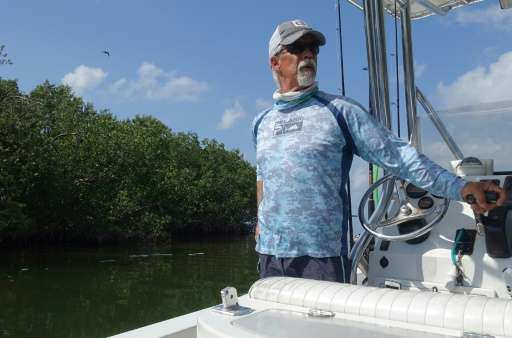
'Big Sugar' and the salty water
The crisis has prompted some fishing guides to press for government action. Some have formed advocacy groups like Captains for Clean Water, which has more than 9,000 followers on Facebook.
The solution, they say, is to acquire a patch of land south of the state's largest freshwater lake, Lake Okeechobee, to act as a reservoir for fresh water that can flow south to the Everglades and the Florida Bay.
But the land in that area belongs to sugar cane farms, a powerful industry known as "Big Sugar" that has resisted giving up any territory.
"When times were tough, the industry was anxious to sell, and then times got better and the economics changed," Congressman Carlos Curbelo told a gathering of fishermen and concerned citizens in Islamorada this month.
"We need to find a partner that is willing to engage."
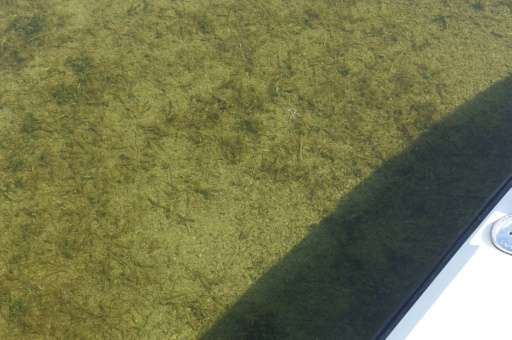
The lead government agencies involved—the US Department of the Interior and the South Florida Water Management District—did not respond to AFP requests for comment.
The Everglades Foundation said money is not an issue, with some $200 million a year for the next 20 years earmarked to pay for the state's share of restoration, and federal funds to match.
"The only other thing that is lacking is the political will to get the land that we need," said Davis.
"Without that land, without that reservoir, we can't solve the problem in the Florida Bay."
Changing way of life
The Florida Bay did bounce back on its own after the 1987 die-off, but the rejuvenation process took nearly a decade.
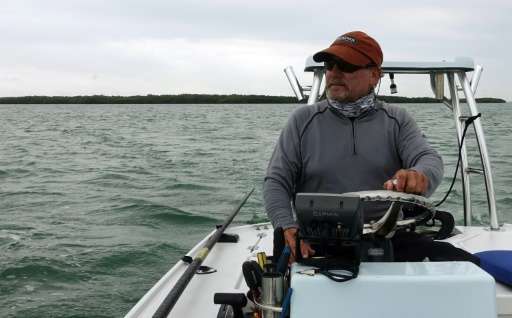
John Guastavino, who has been taking tourists out to fish from the Florida Keys for 26 years, remembers a time, not so long ago, when the catch was bountiful.
"I've had days when I could go catch 65 redfish in a day, and days when I've caught 30 or 40 snook," he said.
Now, "if you are having a good day, you might catch five or six snook," he added.
"I can't remember the last time I had someone catch more than one or two redfish."
He also has to travel farther than ever to find a good fishing spot.
"It is probably one of the most frequently asked questions that I get," said Guastavino.
"'Aren't there any fish back there, the 30 miles we just traveled?' It is sad to tell them, 'No, not really.'"
© 2016 AFP

















